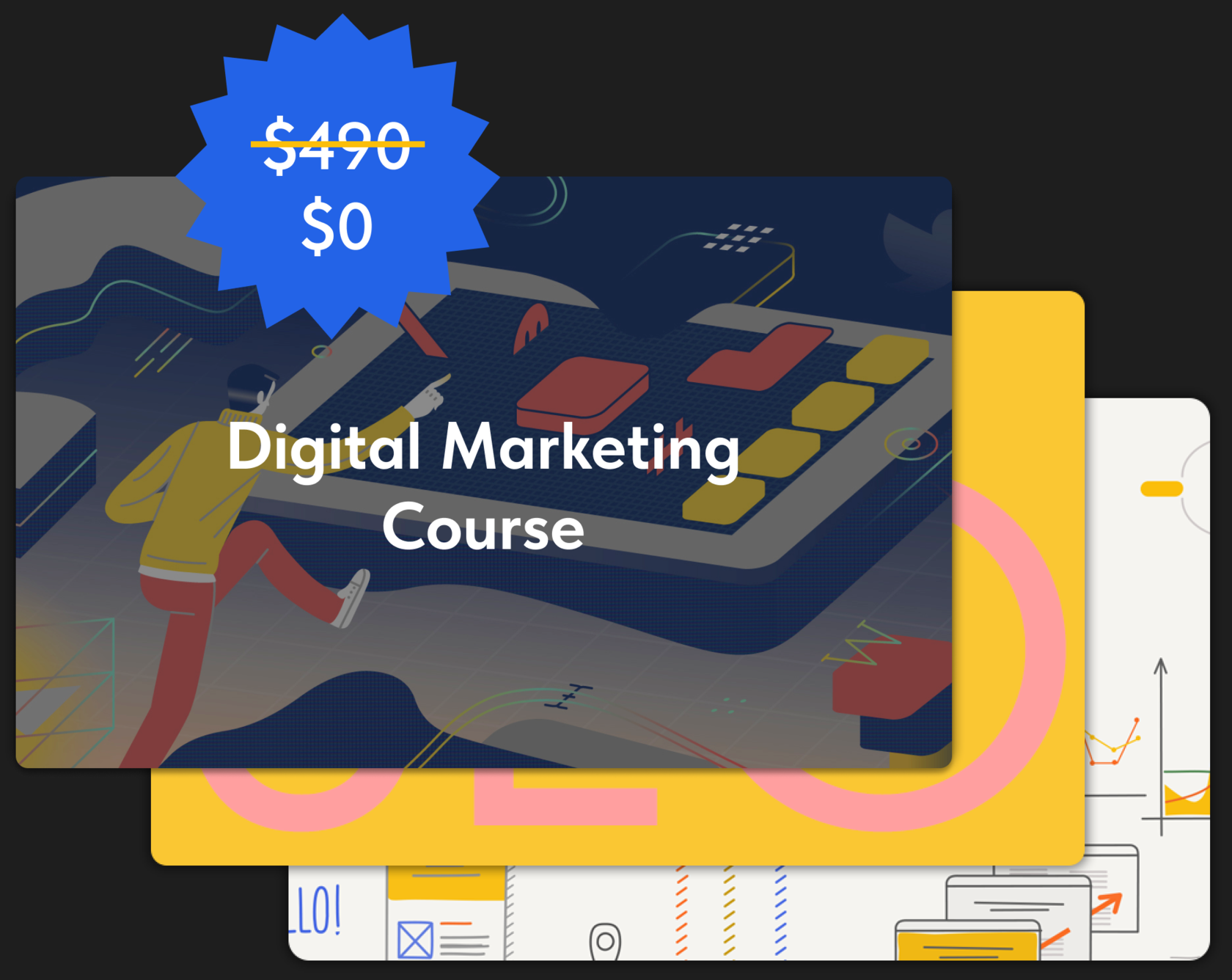A landing page is a one-page website that presents a
product or service. The main objective of a landing page is to convince the visitor to complete a target action.
Target action is the main action that the user should complete on the landing page. An example of the target action is clicking the "Buy" or "Sign up" button.


